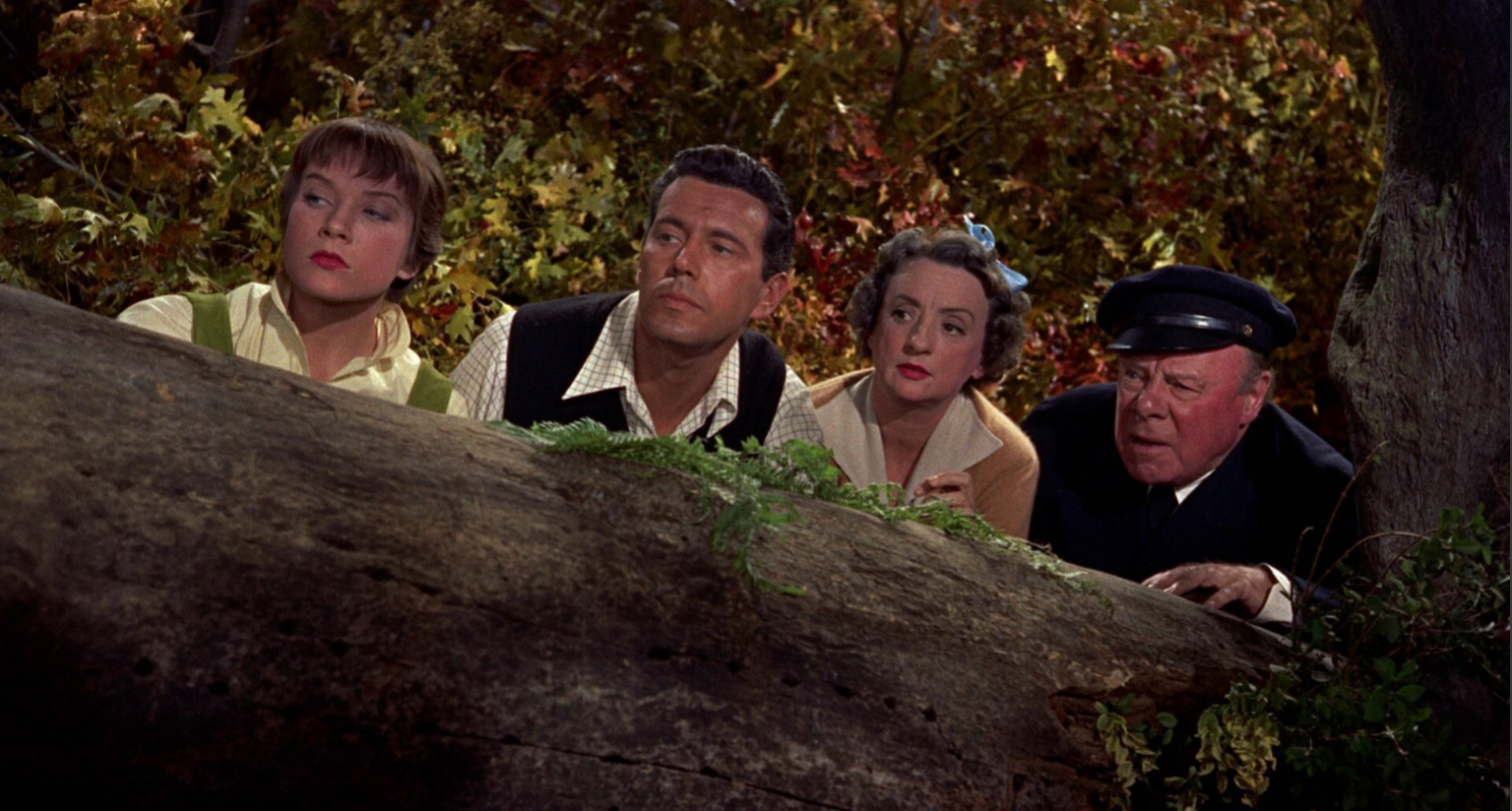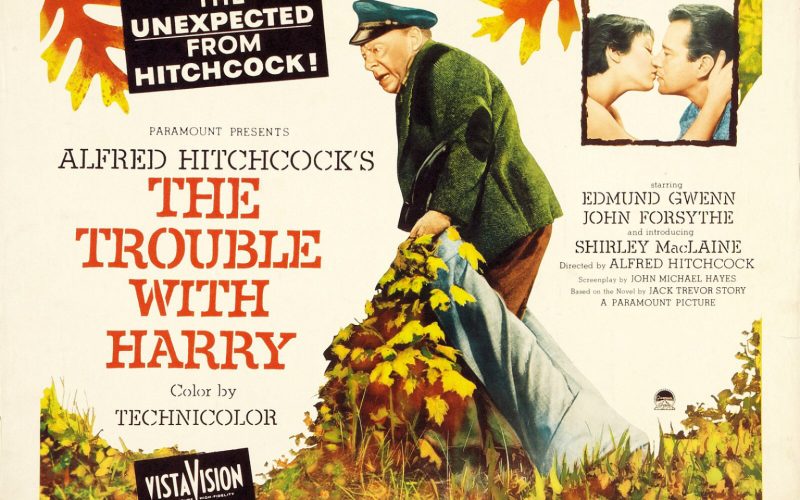Alfred Hitchcock’s The Trouble With Harry (1955).
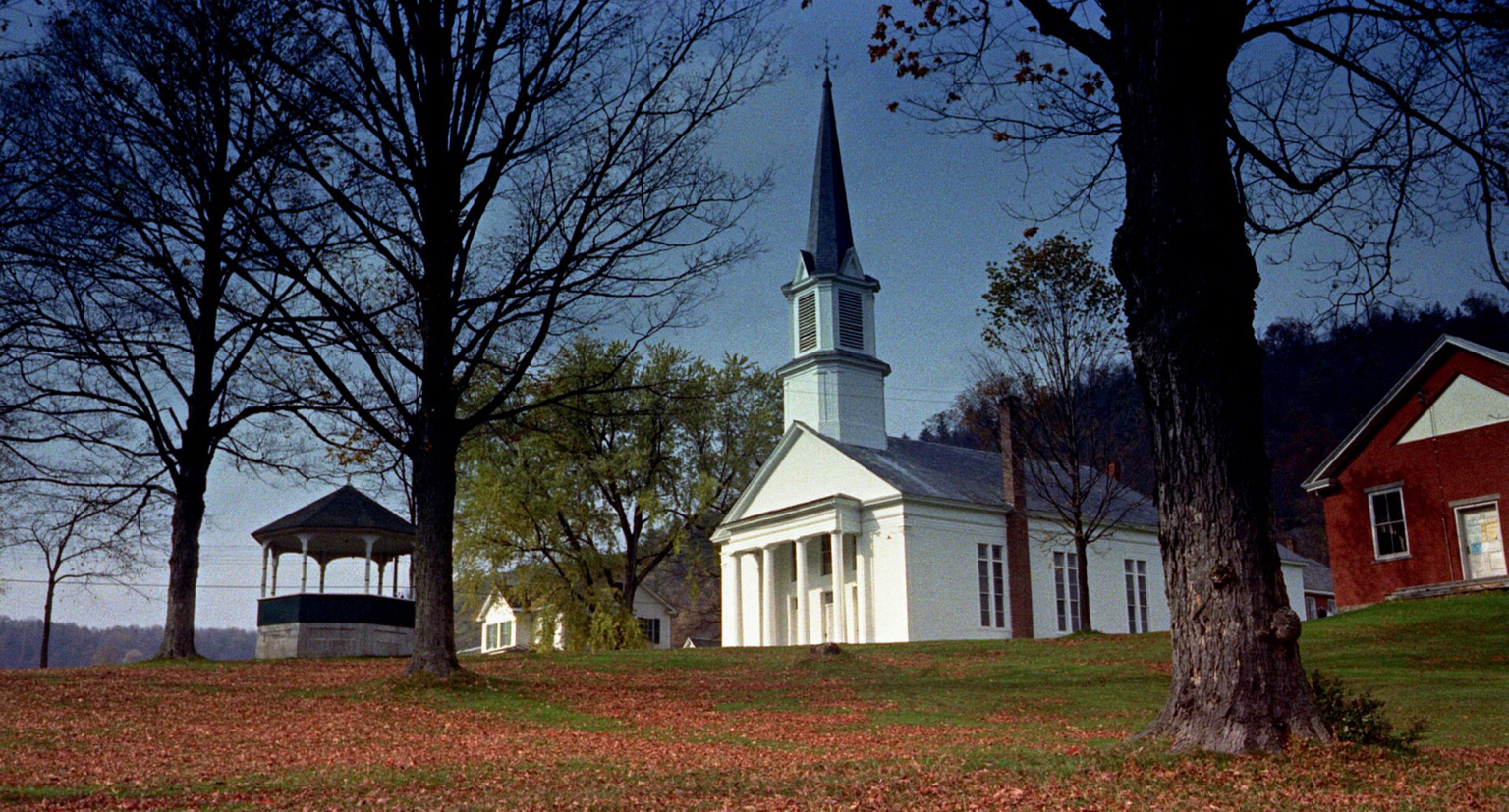
1954 was a busy year for one of Hollywood’s most prolific and influential filmmakers, Alfred Hitchcock, the aptly named Master of Suspense. That year he would release Dial M For Murder and Rear Window as well as begin shooting a film that would become arguably his riskiest venture yet, The Trouble With Harry.
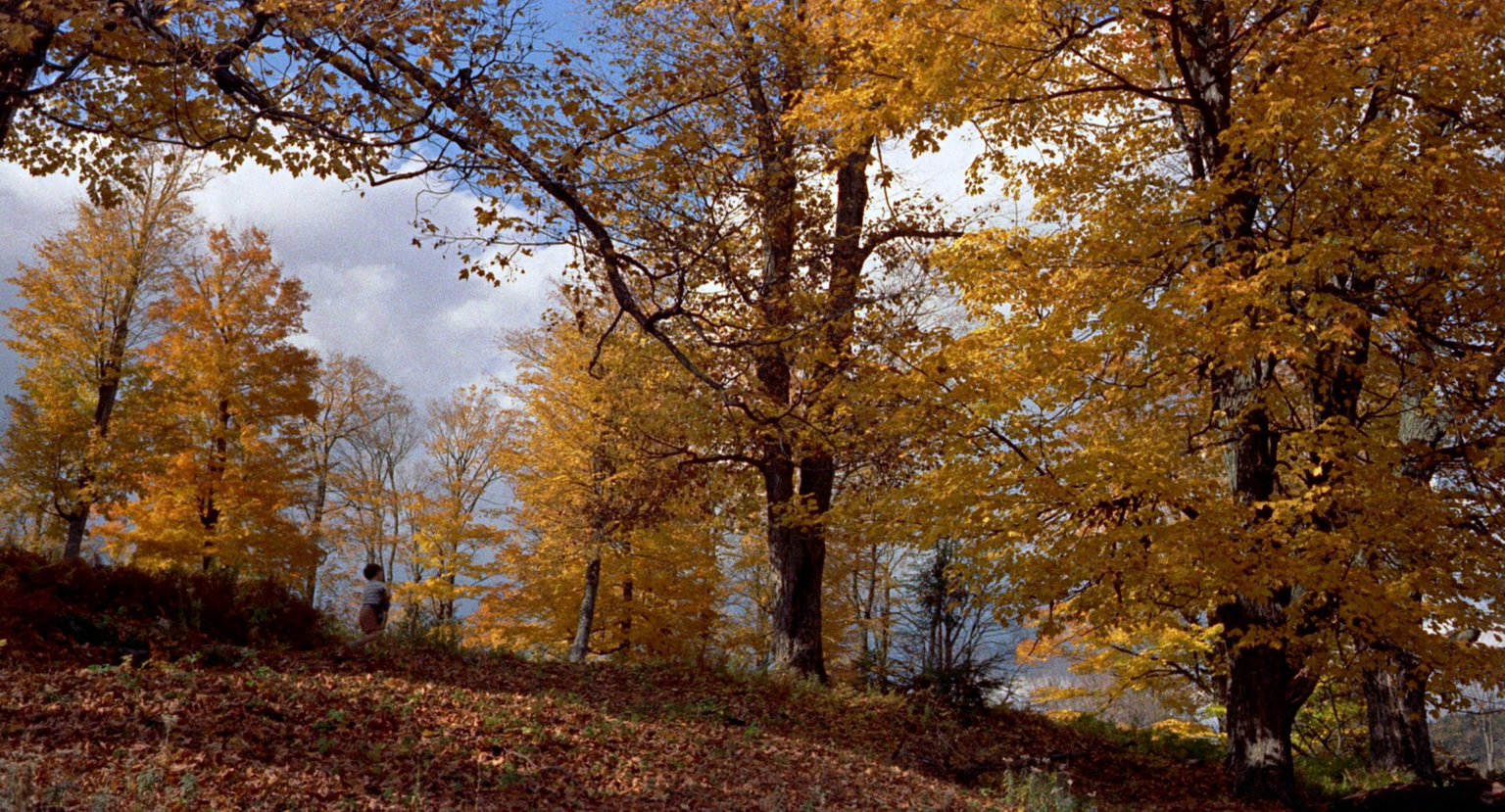
Released theatrically in October 1955 and based on a novella by Jack Trevor Story and adapted for the screen by John Michael Hayes, it would become something of a departure for Hitchcock for a number of reasons. Firstly it would eschew the well worn trappings of the majority of his films and bravely veer from their established thriller territory into the realm of comedy. Secondly it would prove to be a huge flop for the incredibly successful auteur and make a loss of half a million dollars. On top of that The Trouble With Harry would become one of five of Hitchcock’s films that would spend decades lost in legal rights limbo only to surface years later for eager fans to rediscover.
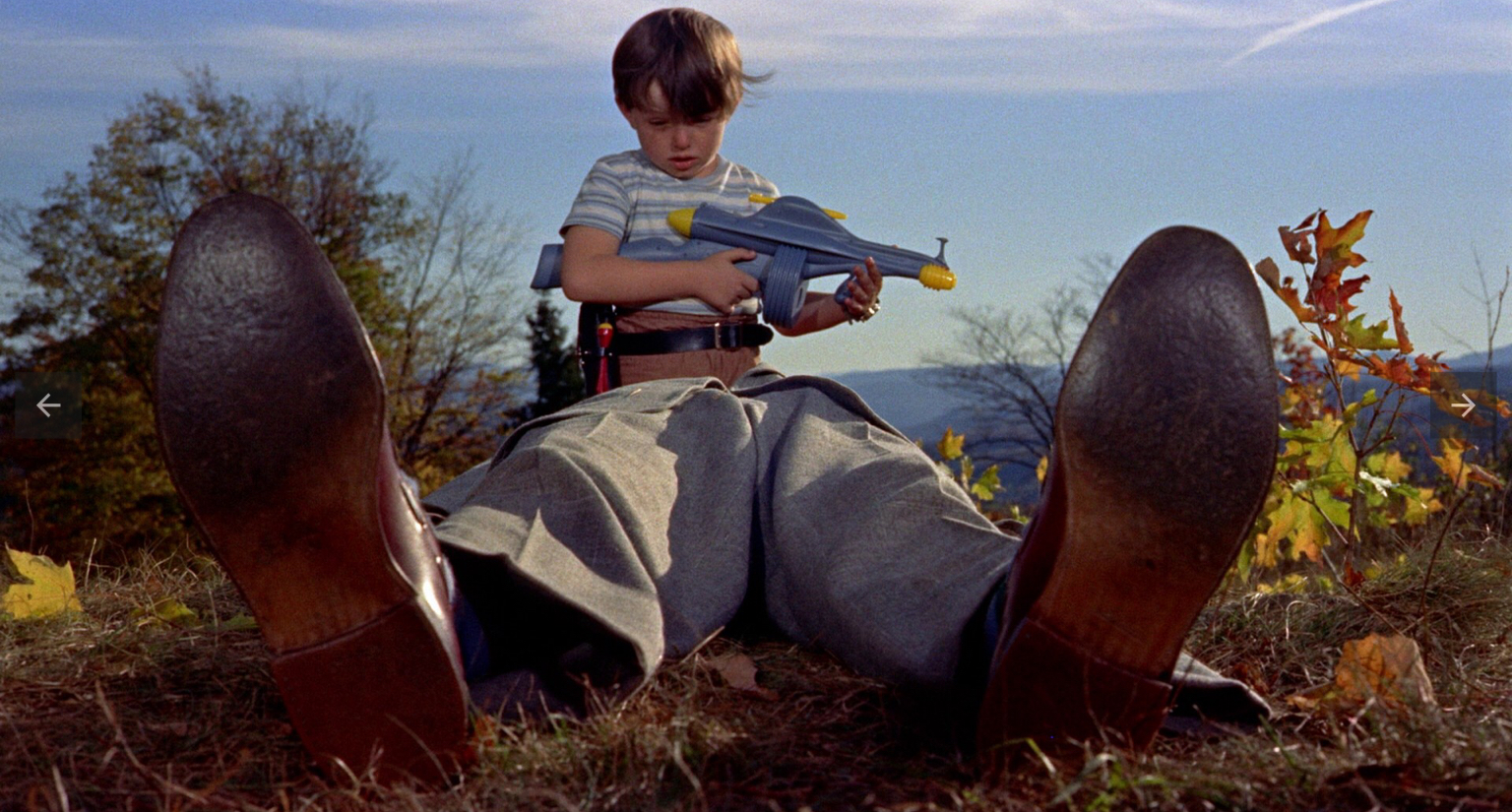
The Trouble With Harry is set in a small, cosy, rural American town where a young boy, walking in a field, discovers the dead body of a smartly dressed man. From here our small cadre of local villagers each come across the body of Harry Worp and four of them in particular become bound by the common goal of how to dispose of said corpse. This may sound particularly dark and chilling and in keeping with a standard Hitchcockian premise but The Trouble With Harry is anything but standard Hitchcock fare. It bears none of the hallmarks of a thriller in its style and tone and if anything is a darkly black comedy of sorts. The main players here are John Forsythe, best known as Blake Carrington in TV’s Dynasty, Edmund Gwenn, Mildred Natwick and in her first film role, a fresh faced Shirley MacLaine.
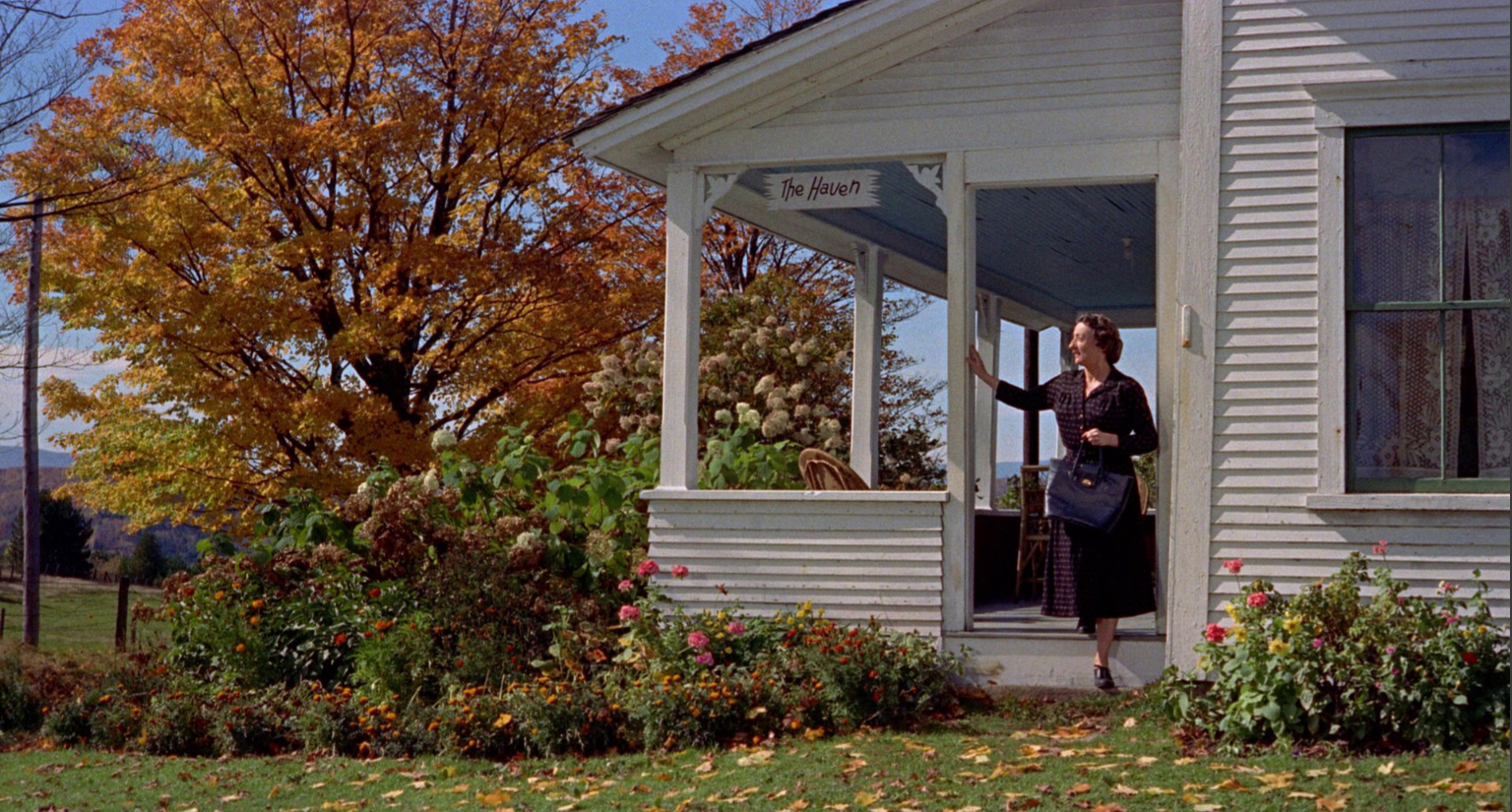
What our main protagonists share and what becomes the crux of what makes the film so unique is their complete lack of anything approaching the expected emotions and reactions of people forced into a predicament where they must dispose of a body and one that has likely died in suspicious circumstances. Everything is played with a light whimsy as if such a thing were a mildly trifling occurrence in the lives of our group whose main concerns are matters of romance and relationships. And it’s this one facet of The Trouble With Harry that is likely the thing that sealed its doom upon its initial theatrical release.
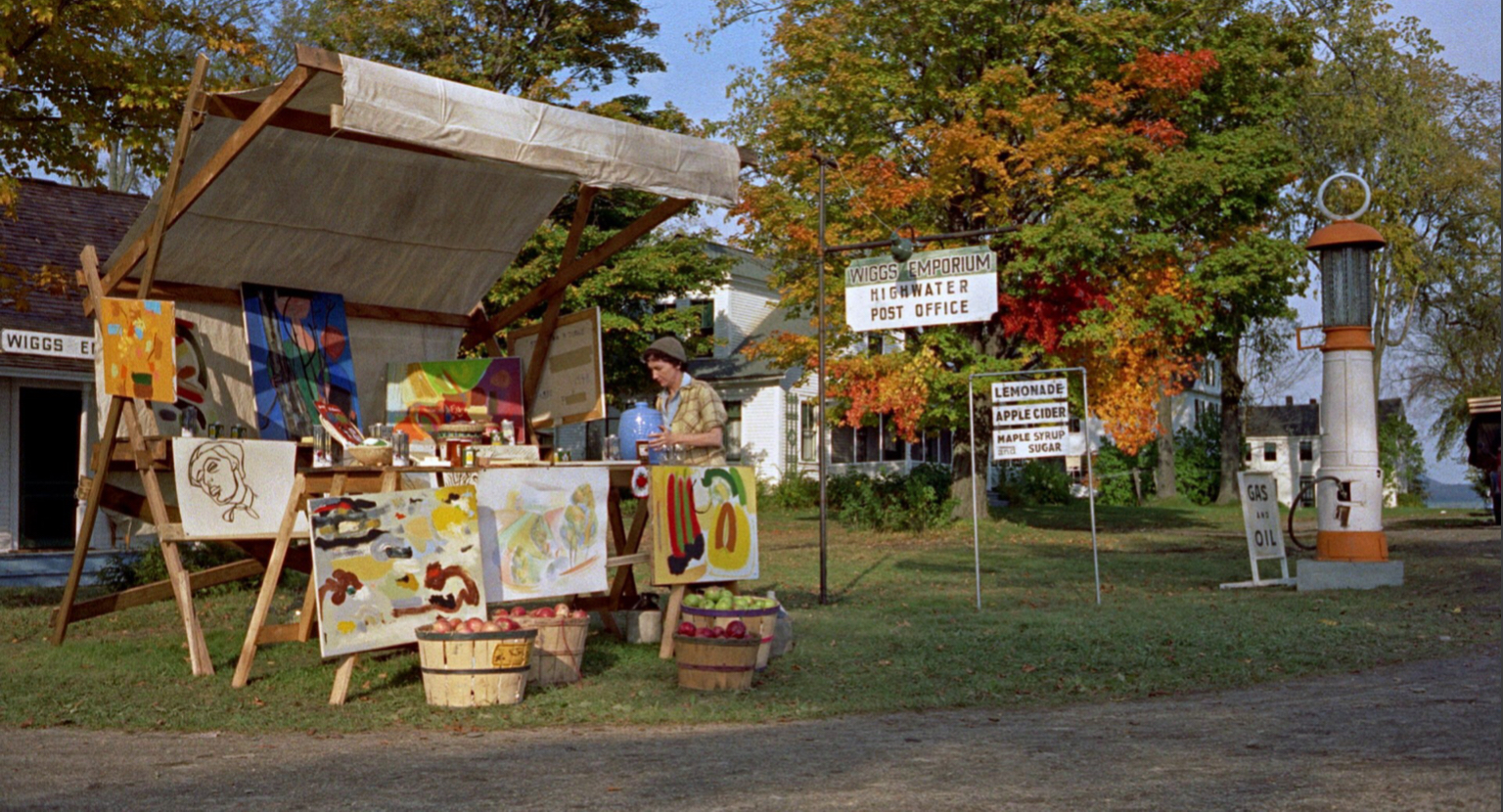
The unnaturally light tone given the subject matter at hand not only goes against the expected style Hitchcock had so successfully employed innumerable times before, but it was also so unlike anything else that audiences at the time were likely used to that it seemed almost alien and alarmingly off-kilter.
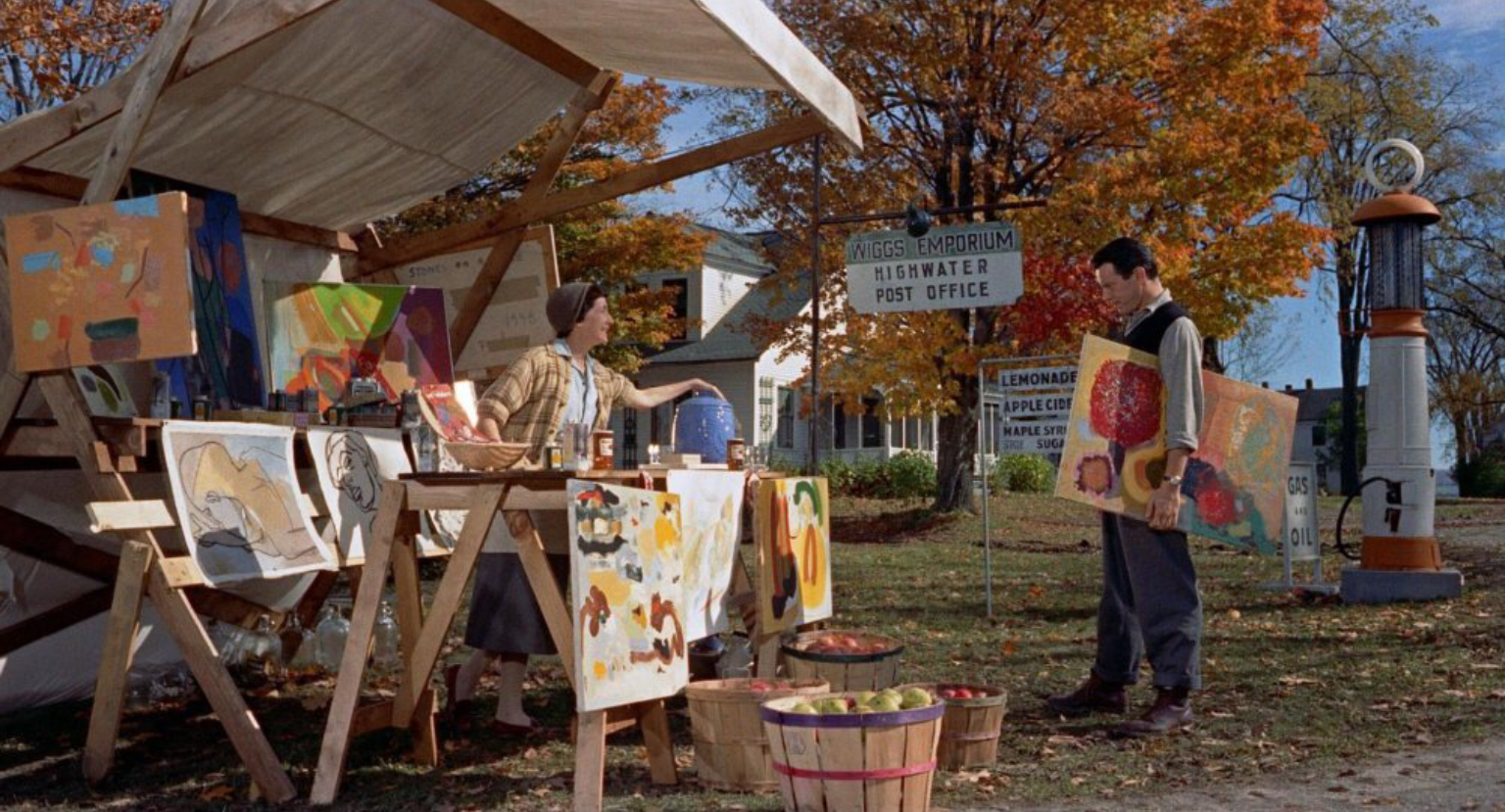
The Trouble With Harry is now held in some high degree of regard by fans but this may be due in no small part to the unique place it holds in Hitchcock’s vast body of work. People tend to covet that which is rare and unique and this is certainly a unique film and I don’t mean that in an overly flattering way because for me The Trouble With Harry fails in a number of ways. If it’s supposed to be a comedy then it’s hardly laugh out loud funny, nor did I find it even mildly amusing really. The bizarre range and level of reactions from the principals is weirdly gauged, best exemplified by Shirley MacLaine’s reaction when she discovers that the deceased man is none other than her husband. Her giddy reaction borders on one of unashamed glee. It’s this off-kilter tone that seems so strange even today when blackly comic subject matter is commonplace in films from directors such as Quentin Tarantino and the Coen Brothers.
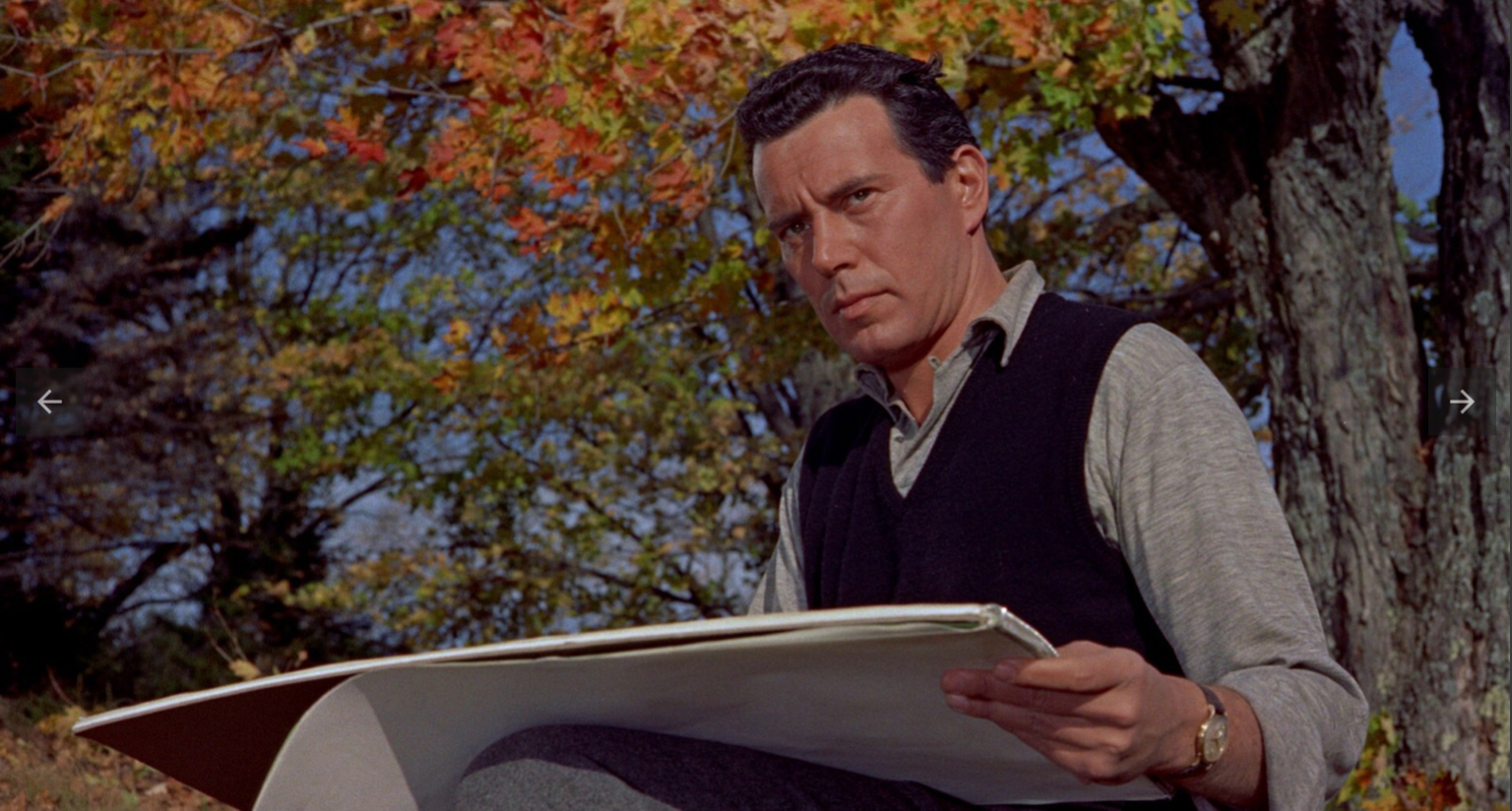
There’s such a complete lack of anything approaching realism and relatable action and emotional response in the characters that it perplexes me that Hitchcock thought this would ever pass as a comedy. Seeing characters placed in extreme circumstances that result in reactions of panic and ensuing chaos is a well used recipe in such films but what we have here just doesn’t work as Hitchcock intended and I defy anyone to pinpoint a particularly memorable or funny scene or line of dialogue.
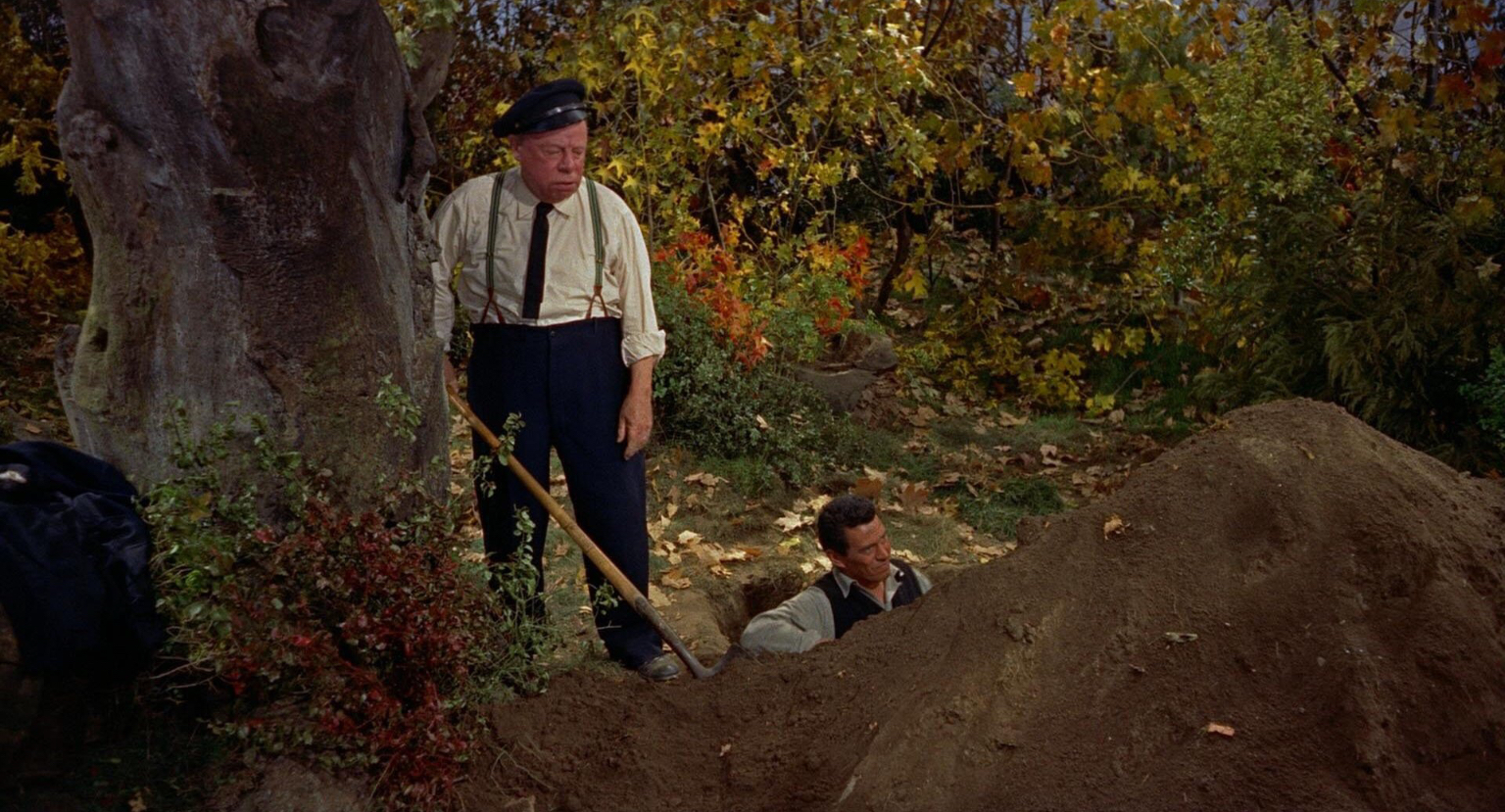
Hitchcock’s best films have scripts that crackle with finely crafted dialogue that makes the often extreme situational black comedy of films like The Lady Vanishes and North By Northwest so effective. Take a film with a similar premise, Hitchcock’s 1948 film Rope, where our two murderous leads try to conceal the body of the man they’ve just killed. The film has a constant level of suspense as the threat of discovery is ever present. In The Trouble With Harry there is very little in the way of suspense that an outsider to the group will discover the body and even if they did would their reaction be any more shocked than that of our main group?
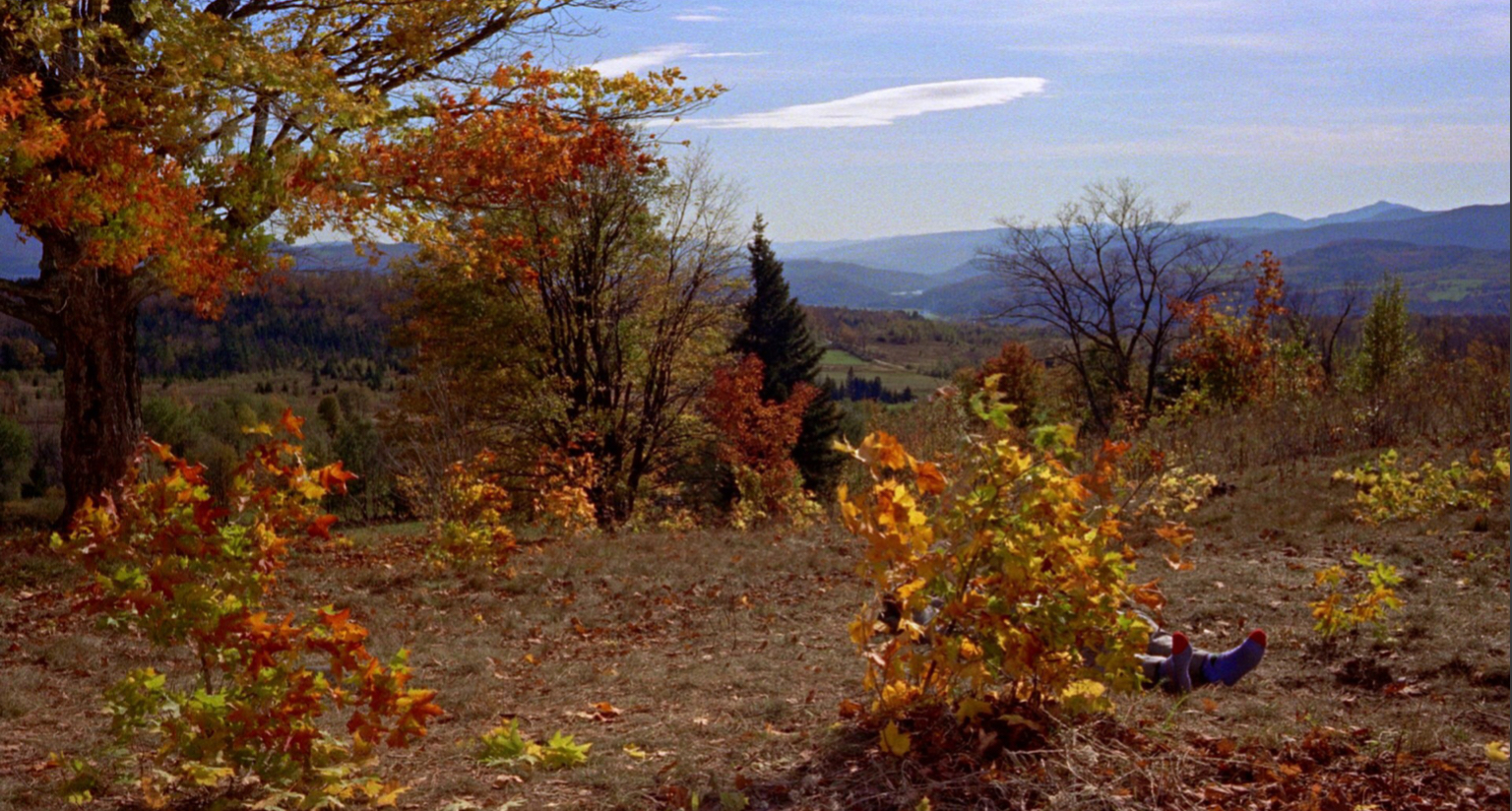
The bizarre mindset of the inhabitants of this small-town microcosm that Hitchcock has created would certainly suggest not. So tonally the film is way off both as a thriller and as a black comedy. It’s not really funny, offers few thrills if any and lacks the memorable dialogue or set pieces inherent in Hitchcock’s best work. The leads do have a certain charm to them and as a group share at least some semblance of chemistry but that’s about it.
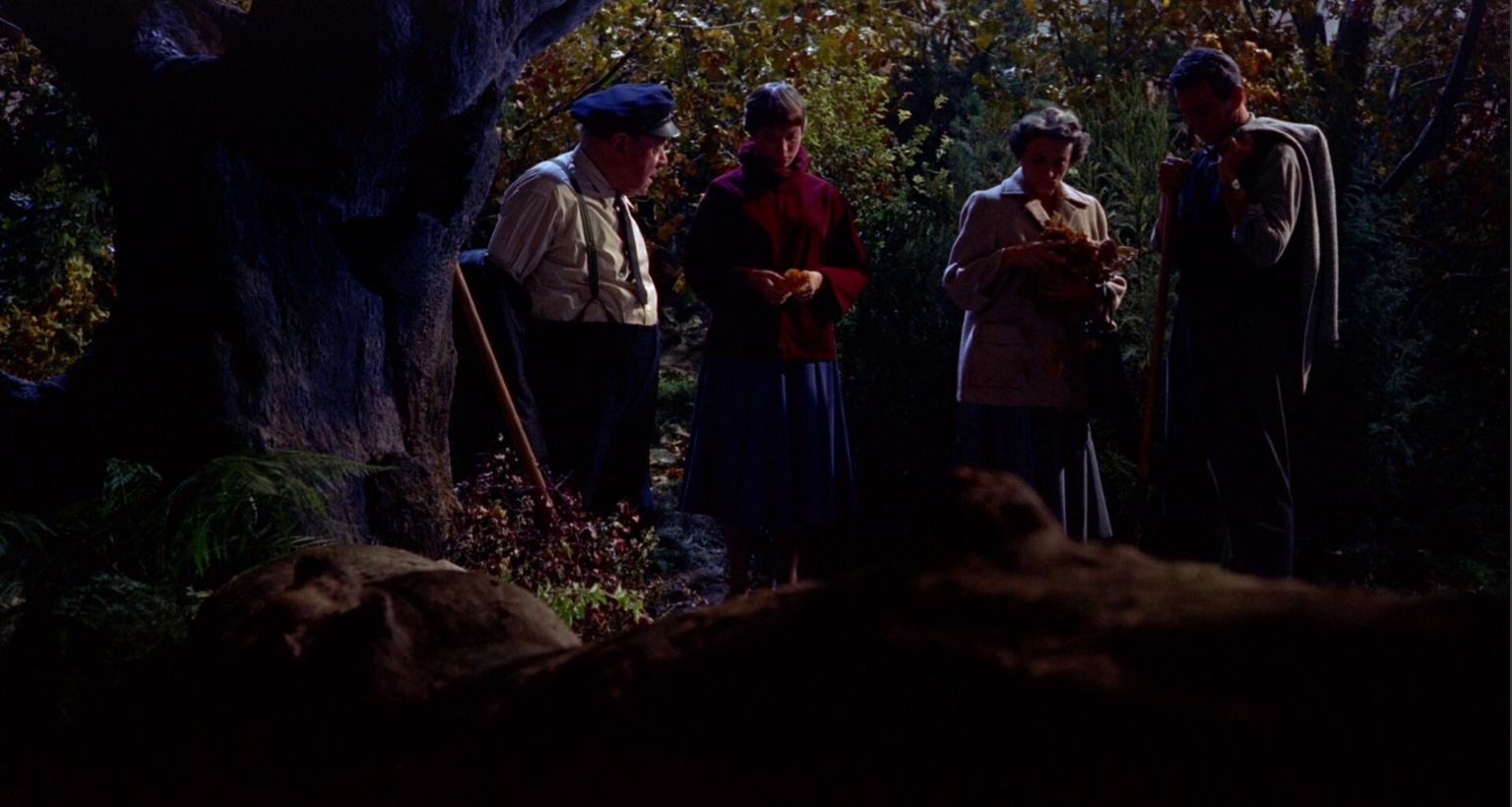
What the film does have as a saving grace are a few technical aspects that help make it worth at least a one-off viewing for curious fans. Firstly Bernard Hermann’s score is full of pleasant whimsy and elsewhere adds to what little suspense the film has. The second positive is a significant one and that’s the look of the film. Having recently been remastered to look it’s best, now more than ever the film is a stunning showcase of Hitchcock’s eye for filmic beauty and composition.
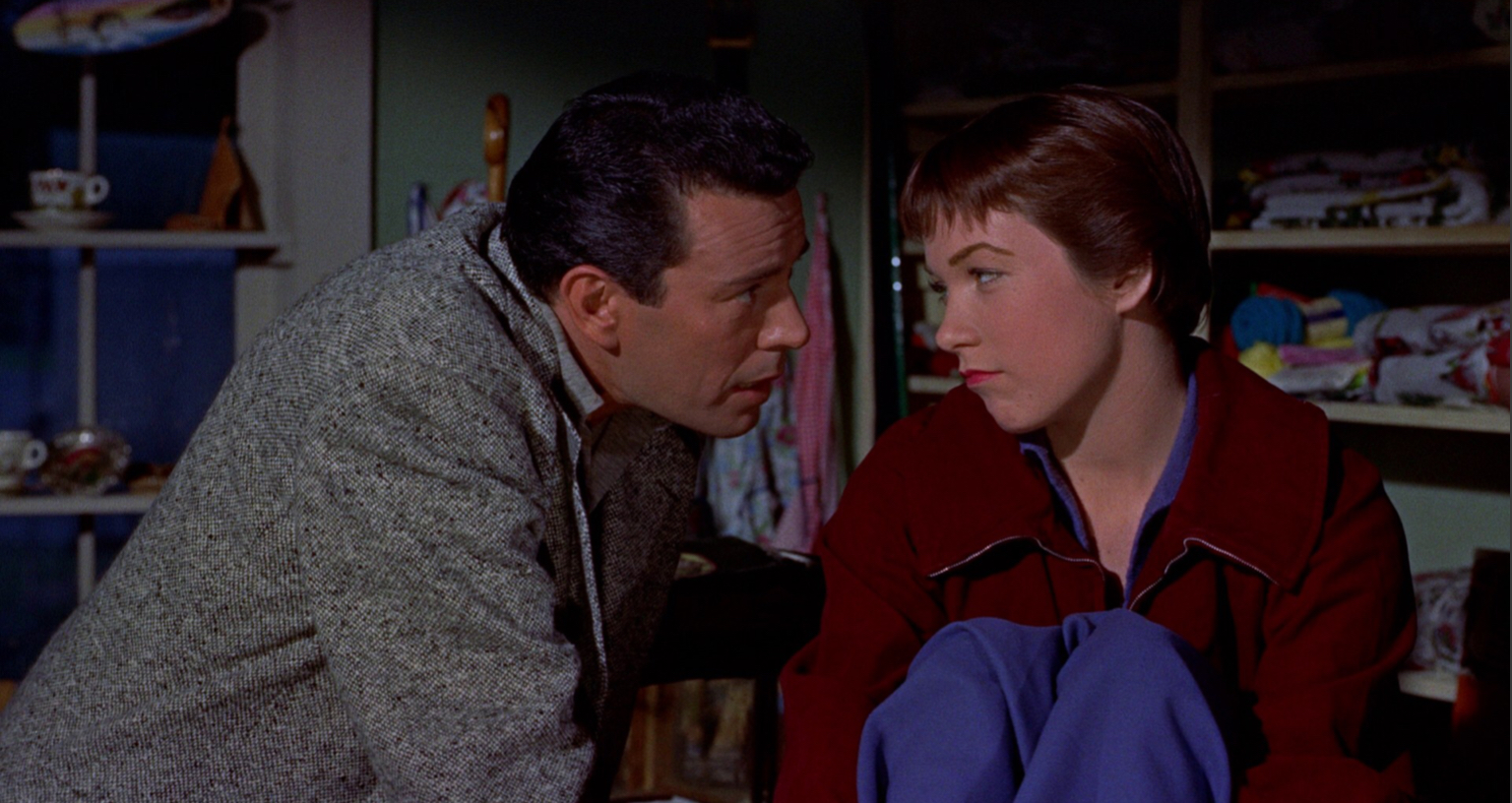
I can confidently say that The Trouble With Harry is one of the director’s most beautiful, painterly films. The stunning Vermont countryside with its gorgeous autumnal scenery makes for some of the most eye-popping, picturesque visuals I’ve seen in a film period. The gorgeous outdoor locales, shot in stunning VistaVision, give away nothing as to the films age and it looks in many shots like a film at most only a few decades old and certainly not one that is well over 60 years old. This is a truly jaw-dropping feast for the eyes.
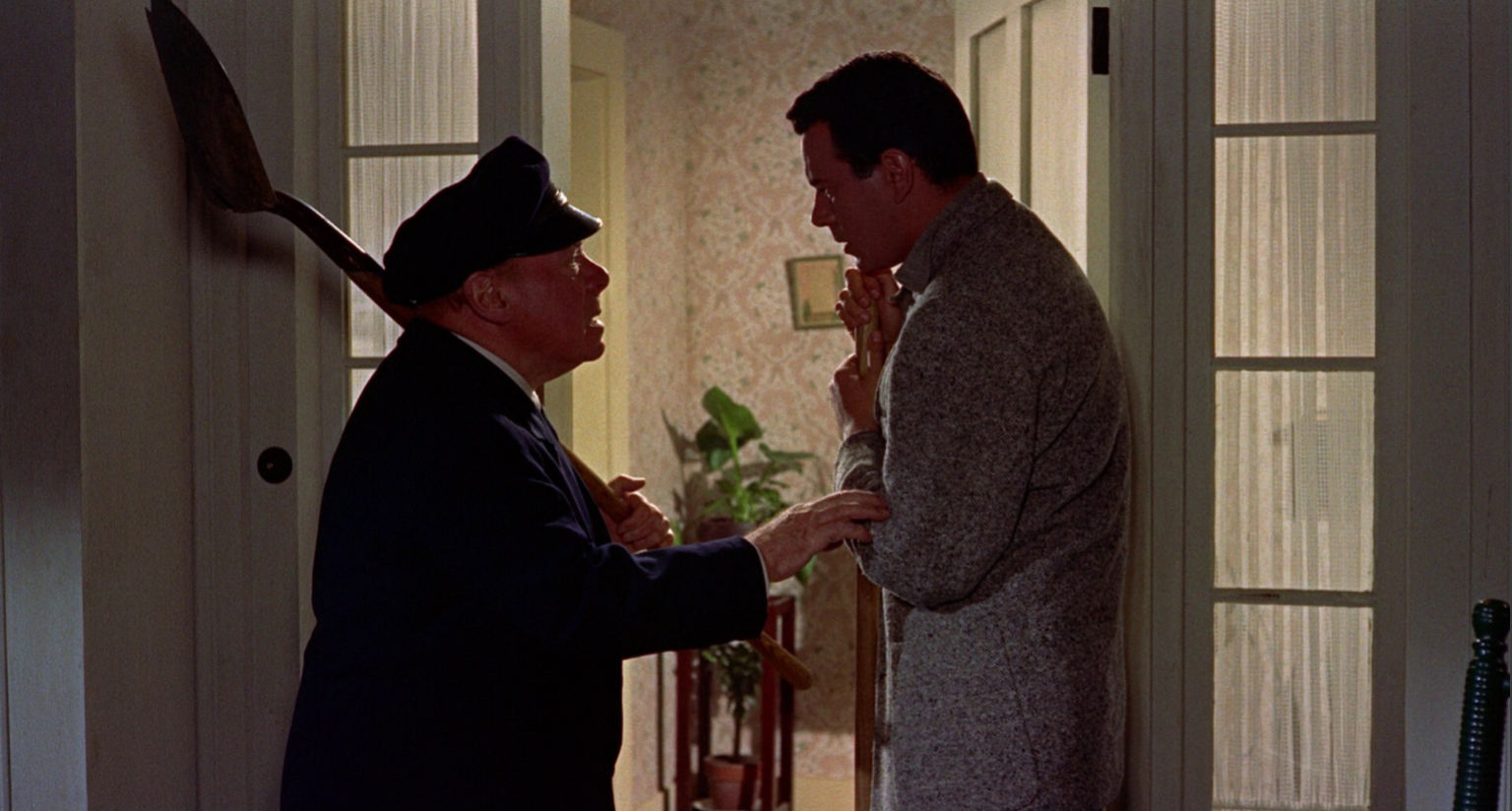
Sadly, aside from the stunning visuals, The Trouble With Harry remains little more than a curiosity piece, a failed experiment in dark humour that hit the wrong notes and lacked the requisite sharp wit and punch to make it truly succeed as a comedy. The completist in me would have to recommend it to fans of Hitchcock just to showcase his stunning visual flair – and it really is one of the most gorgeous looking films I’ve ever seen – but for casual fans I’m afraid that The Trouble With Harry is a film that you’ll probably watch just the once and therefore isn’t a film I can recommend with any real conviction.
Film ‘89 Verdict – 6/10
